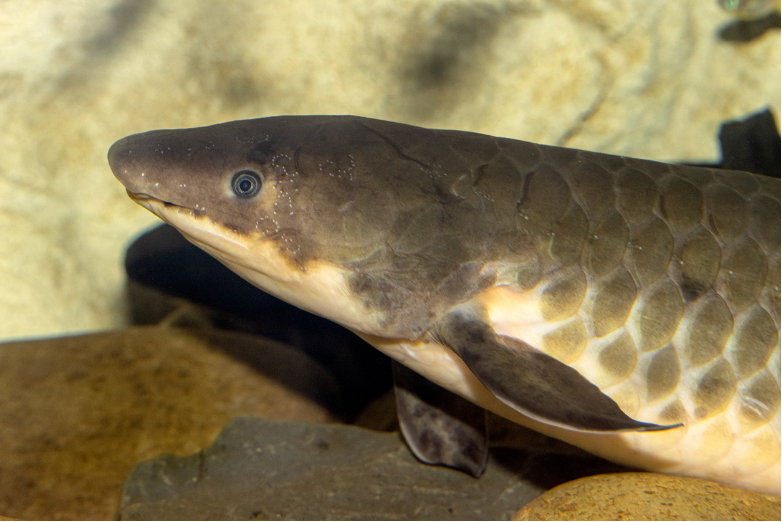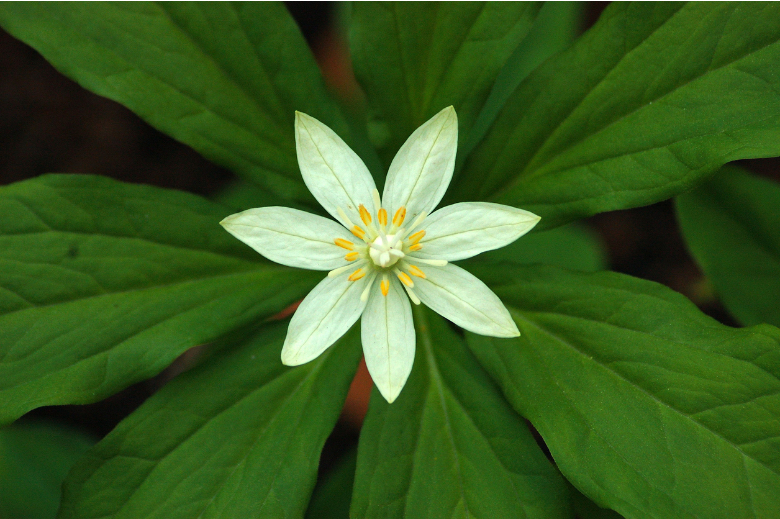Biologically speaking, it is not correct to say that humans are the most evolved or “superior” species. But we can say that we are the only species capable of painting the Sistine Chapel. And so it is natural to assume that the genome of such sophisticated beings should be infinitely larger than that of, say, a simple onion. Wrong: the genome of an onion is five times larger than that of Albert Einstein. When it comes to genomes, size doesn’t matter—or does it?

It has been known since the 1940s that cells of the same species have the same amount of DNA, but that this varies between species. And human cells were not noted for having a greater amount of DNA. But at the end of the last century, with the Human Genome Project well under way, it was still thought that our species would stand out for having a genome crammed with genes, estimated at around 100,000, or even as many as 140,000. To discover that we only possess just over 20,000 was something of a let-down.
We now know that the total size of a species’ genome, its length in DNA base pairs, is not necessarily proportional to the number of genes it contains, the segments that produce proteins. We also know that there is no correspondence between the complexity of a species and the size of its genome.
The record for the largest known genome
In animals, the largest known genome is 7,000 times larger than the smallest; in plants it is 2,400 times bigger. Among mammals, our slightly more than three billion base pairs (considering only one set of chromosomes, not the sum of paternal and maternal) give the human genome an average size, neither large nor small. The mouse genome is 12% smaller than the human one, but it has at least 2,000 more protein-coding genes than ours does.
Some cases are particularly striking. Among animals, salamanders stand out for their exceptionally hefty genomes, many times larger than those of humans. But the current record belongs to the Australian lungfish (Neoceratodus forsteri), a species that dwells in slow-moving Australian rivers and is closely related to creatures that began leaving the water to conquer dry land 380 million years ago. Scientists have discovered that its genome has 43 billion base pairs, 14 times the size of ours.

As for the absolute record for the largest known genome of any organism, it is usually attributed to a perennial plant from the mountains of Japan, Paris japonica. The nearly 150 billion base pairs of DNA in each cell, 50 times more than a set of human chromosomes, would stretch out to a length of 100 metres. But there is a small catch. This plant’s genome has not been sequenced, but its size has been inferred from the amount of DNA in its cells. And because the plant has eight copies of each chromosome (called an octoploid), compared to our two, the size of the haploid genome (a single copy) would actually be an eighth as long.
From junk DNA to jumping genes
This huge variation in genome size and number of genes, which is counterintuitive and for no apparent reason, is one of the great unknowns of biology. Why do simpler organisms sometimes have much larger genomes? Since genes make up only a small part of the genome, 2% in our case, the answer lies in the remaining 98%, the non-coding DNA, often called the dark matter of the genome.
Initially, this dark matter was thought to be junk DNA, the remains of useless sequences left behind by evolution, like a computer’s recycle bin that has not been emptied. But over time it has been discovered that while some of this DNA is indeed a kind of useless evolutionary fossil, it also contains essential gene regulatory functions, which some scientists equate with the software that makes the hardware, the proteins, work.

Much of that software is made up of so-called transposons, mobile sequences that can jump from one part of the genome to another, which is why they are colloquially known as jumping genes. Transposons are a world of unknowns; according to one review, “the extent of their impact on genome evolution, function, and disease remains a matter of intense interrogation.” But to understand their importance, one example is enough: when a transposon was removed in mice, half of the offspring died. Another fact: compared to the 2% that genes occupy in the human genome, transposons represent about 45% of all our DNA, suggesting that they are very important.
In fact, by studying the DNA of different organisms, it has been found that “substantial differences in their genome sizes can be largely explained by the proportion of transposable elements within them,” said a 2020 study. Could this also explain the greater or lesser complexity of species? Unfortunately, it’s not that simple: maize (corn), whose genome is about the same size as ours, nevertheless has about 12,000 more genes than ours. And almost 85% of its genome is made up of transposons. The world of the dark genome still hides many of its secrets from us.
Comments on this publication